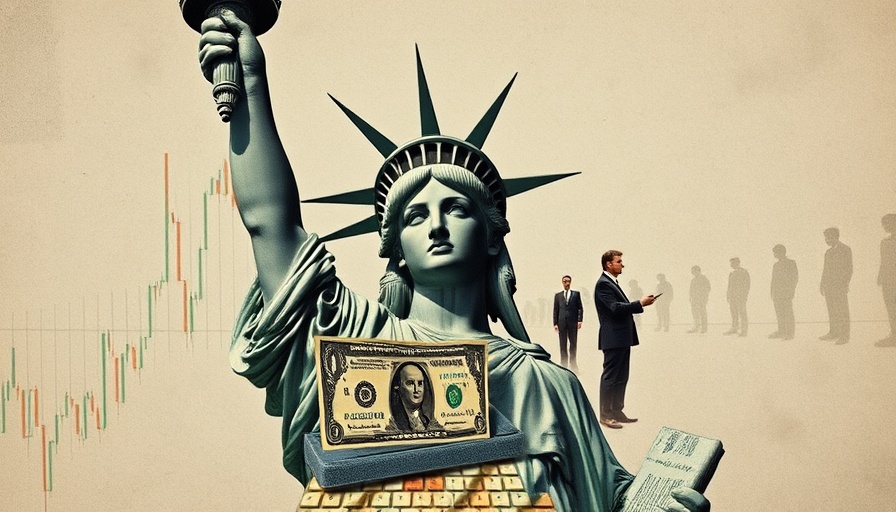
The Shift in AI Content Regulations
OpenAI, a leading force in artificial intelligence technology, is set to redefine its content guidelines significantly. With CEO Sam Altman at the helm, the company plans to ease restrictions, allowing for the creation of erotic content on ChatGPT as of December. This decision raises pertinent questions around user safety, especially in light of California Governor Gavin Newsom's recent veto of Assembly Bill 1064, aimed at protecting minors from potentially harmful AI interactions. Newsom argued that young people must learn to engage with AI responsibly rather than being shielded from it altogether.
Understanding the Context of AI Regulations
The backdrop to this decision is complex. While OpenAI intends to cater to adult users by allowing mature content, many critics highlight a critical gap in safeguards for younger audiences. The juxtaposition of OpenAI's newfound liberalism with Newsom's veto underscores a broader societal dilemma: the balance between innovation and protection. The governor cited the need to allow adolescents to interact safely with AI, emphasizing education over prohibition.
Debating the Ethics of AI Interactions
The ethical implications of relaxing content restrictions are profound. Critics like Jenny Kim, a partner at a prominent law firm, stress that OpenAI must ensure robust age verification measures are in place. There are concerns that, without stringent checks, minors may access explicit material, which could have damaging psychological effects. Given the tragic case of Adam Raine, a teenager who took his own life in part due to harmful content interactions with ChatGPT, the stakes are incredibly high.
What Does This Mean for Users?
The forthcoming changes promise to deliver a more engaging and human-like interaction experience on ChatGPT. Altman has stated that users will be able to dictate how the chatbot responds, opting for a conversational tone, a friendly demeanor, or even a heartfelt approach complete with emoji. For adult users, this opens avenues for creative expression that were previously taboo.
Concerns Around Responsibility and Regulation
With great power comes great responsibility, and this transition is no exception. As OpenAI prepares to implement these changes, it faces pressure not just from users seeking richer interactions but also from a society grappling with the moral complexities of AI. Federal and state-level regulations are in the pipeline, as lawmakers recognize the urgency of creating frameworks for AI use, particularly for youth engagement.
What's Next for OpenAI and ChatGPT?
The upcoming release of age verification features is positioned as a safeguard against misuse. However, with past criticisms and ongoing lawsuits, including a high-profile wrongful death suit linked to ChatGPT interactions, the implementation of these features will be closely monitored. OpenAI's move to create an advisory council composed of researchers and experts is a step in the right direction, aiming to cultivate a healthier interaction model across age groups.
A Look Ahead: Preparing for Changes
As users await these changes, the conversation around AI regulation will remain vital. What strategies should parents adopt to ensure their children are safe online in light of these shifts? How can adults leverage tools like ChatGPT for entertainment without crossing ethical lines? OpenAI's evolving narrative is one that requires vigilance and participative dialogue among developers, regulators, and users alike.
Final Thoughts
As OpenAI strides into a new era of content creation, the implications for users, especially vulnerable populations, cannot be ignored. January promises a turn that may redefine how we perceive digital interactions, but it is essential for stakeholders to champion wise, ethical use of AI in all its exciting potential. Engaging in conversations about regulation and safety will allow for healthier adoption of these transformative technologies.
 Add Row
Add Row  Add
Add 




Write A Comment